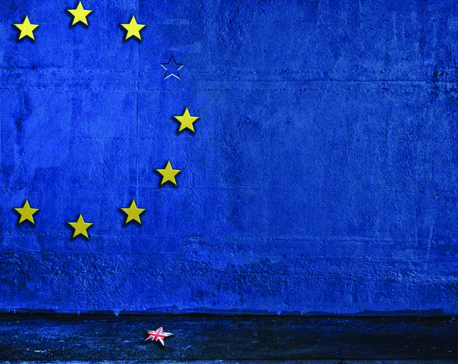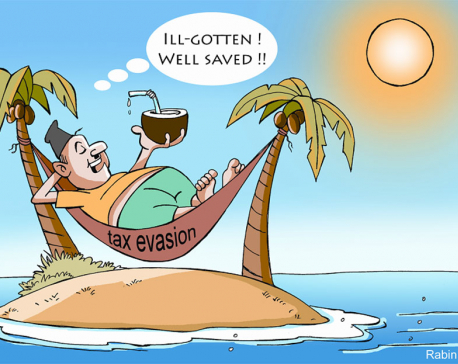
OR
Reviewing the reservation system
Published On: January 23, 2019 02:00 AM NPT By: Republica | @RepublicaNepal
There is no denying that the state should do all it can to level the playing field for the underprivileged and marginalized communities. Granting reservation quota in political posts, education and government jobs has been the most preferred way of leveling playing field and uplift the communities deprived of equal opportunities. Nepal introduced reservation policy after the end of 2006 people’s movement. As per the policy introduced in Civil Service Act (2007), 45 percent of total vacancies in government service were allocated to various marginalized and backward communities. The government allocated 33 percent seats for women, 27 for candidates from indigenous nationalities, 22 percent for Madhesis, nine percent for Dalits, and five percent for people with disabilities. Remaining four percent seats were reserved for those from the backward region. This policy, no doubt, has helped to mainstream the communities, otherwise left out. According to Public Service Commission’s annual report of last year, altogether 16,939 candidates got appointment under reservation category since the policy was first introduced in 2007.
The government is realigning this system apparently to expand reservation benefits to a wider section of the society. In draft of Federal Civil Service Bill, the government has proposed to give the benefit of reservation to a person from the marginalized and backward communities only once in the person’s entire career during government service. According to the new provision, the person entitled to reservation benefit shall get this privilege only once either in the gazetted third class level or any other officer-level position or in any non-gazetted positions in the government service. The bill aims to restrict the same person from receiving reservation benefits more than once. It proposes allocating half of the total seats allocated in the reservation category for women. It also proposes to hold competition among women from various ethnic backgrounds to fill these posts in order to further increase women’s participation in bureaucracy. The draft bill has proposed to allocate 31 percent for women from Khas/Arya community, 22 percent to women from the indigenous nationalities and 20 percent to those from Madhesi community. Likewise, 10 percent seats will be allocated for women from the Dalit community, five percent each for women from the Tharu community and physically challenged women, four percent for those from geographically backward region and the remaining three percent for women from Muslim community. This is a step in the right direction.
To what extent should the state reserve quotas for marginalized communities has been a matter of debate. Jats of Haryana and Punjab states of India in 2016 took to the protests demanding reservation under the Other Backward Classes (OBC) category. Protests took ugly turn and a number of people lost their lives in the course of agitation. To address the voice that reservation system has not addressed economically backward people, the government of India early this month passed a bill in Lok Sabha which aims to provide 10 percent reservation for economically backward upper castes. The lesson for us: The state policies on reservation should benefit the marginalized community and also the economically backward community from every section of the society.
You May Like This

Brexit will damage Europe
Brexit will damage Europe’s role in the world in a way that we Europeans currently seem unable to grasp ... Read More...

Decoding NepaLeaks
It should be noted that mere investing in foreign lands does not constitute illicit activity in an age of globalization... Read More...

Avoiding road deaths
The best way to reduce road traffic deaths and severe injuries in Nepal is through a safe system approach with... Read More...

Just In
- KMC to organize a month-long skill fair from May 1
- Birgunj Metropolis collects over Rs 360 million in revenue
- NEPSE plunges below 2,000 points after one and a half months; daily turnover declines to Rs 2.10 billion
- AI Index Report-2024: AI still behind humans on complex tasks like competition-level mathematics
- Daiji-Jogbudha road construction at snail’s pace
- Govt fails to adopt podway technology despite its potential in Nepal
- Jhulaghat border crossing in Baitadi to remain closed from this evening
- Universities will be free from partisan interests: Education Minister


















Leave A Comment